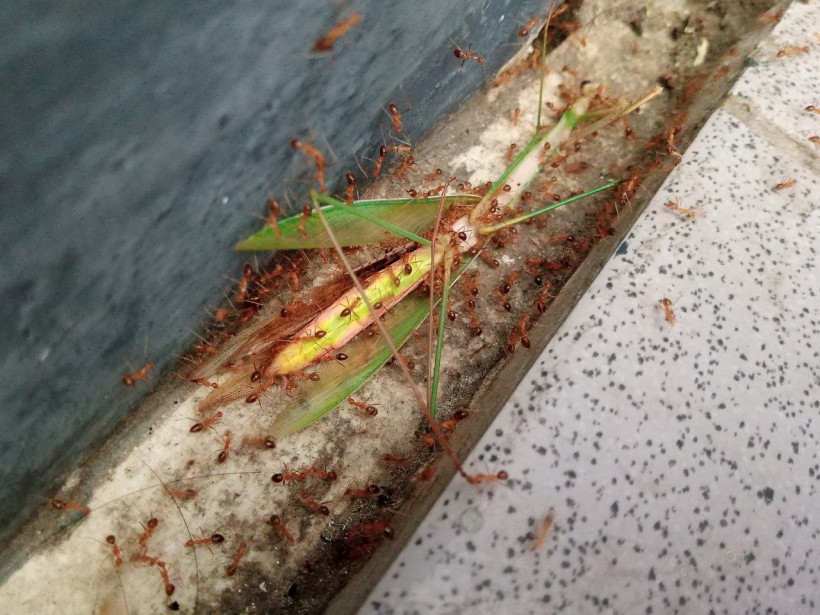Army ants (Dorylinae) consist of over 200 species with different lineages, notorious for their raiding tactics in massive groups when hunting or foraging.
Found in humid and tropic regions in the Eastern Hemisphere, North America, and South America, the ferocious ant group consumes other ants, insects, arthropods, small amphibians, and even reptiles like snakes and lizards.
Now, a new study revealed that army ants were once more dominant on Earth than they are today, even occupying and overwhelming local wildlife in Europe, which was once had a similar weather and climate with the tropics of today several million years ago.
However, the passage of time led to a series of cooling events which made Europe inhospitable even for the nomadic ants.
Oldest Ant Fossil

The study was published in the journal Biology Letters on Wednesday, November 23, highlights the uniqueness of army ants than any other social insects due to their coordinated predation and wingless queens, in addition to their nomadic life history.
The authors behind the new paper assert that the synthesis of these traits is called the army ant syndrome.
Behind the study is a group of researchers from the New Jersey institute of Technology and Colorado State University in the United States.
The research team presented an eyeless ant specimen yet the oldest ant fossil on record called Dissimulodorylus perseus, derived from the Greek mythical hero and demigod, Perseus, who defeated Medusa using only his limited sight.
Also Read: Ant Bigheadedness Makes for Powerful Army
Dissimulodorylus Perseus
The oldest ant fossil sheds light to unknown army ant lineages which went extinct in Continental Europe approximately in the last 50 million years ago.
In fact, the specimen was only hidden in plain sight among many other fossils at Harvard's University Museum of Comparative Zoology, according to the website ZME Science.
The ant fossil was formed at a time Europe had a hotter and wetter climate compared in current times.
Moreover, the team found an enlarged antibiotic gland on the fossil, which is normally found in other army ants and helps them to survive underground.
While army ants have relatively predators like larger animals, evidence shows that the raider insects went extinct due to weather and climatic factors rather than predation.
In spite of the horrific track record of the ants, scientists assert they are important to the ecosystem.
What are Army Ants?
Some of the largest insect colonies on Earth, army ants are famous in pop culture and even portrayed as the deadly man-eater ants in the movie "Indiana Jones" led by Harrison Ford.
Since they eat large amounts of food, especially arthropods, they need to keep moving in order to prevent running out of food.
Their mass raids are considered to be the "pinnacle of collective foraging behavior" within the animal kingdom, according to Harvard University.
Raids consist of an ant swarm in the thousands and some species involve millions of ants, overwhelming the mentioned animals, especially in tropical rainforests, with their painful and deadly bites.
Related Article: Army Ants Link Up To Build Dynamic Bridges [TIME-LAPSE]
© 2024 NatureWorldNews.com All rights reserved. Do not reproduce without permission.



![Venomous Centipede Could be Game-Changer and Save Lives of People with Kidney Disease [Study]](https://1471793142.rsc.cdn77.org/data/thumbs/full/70407/280/157/50/40/venomous-centipede-could-be-game-changer-and-save-lives-of-people-with-kidney-disease-study.jpg)

